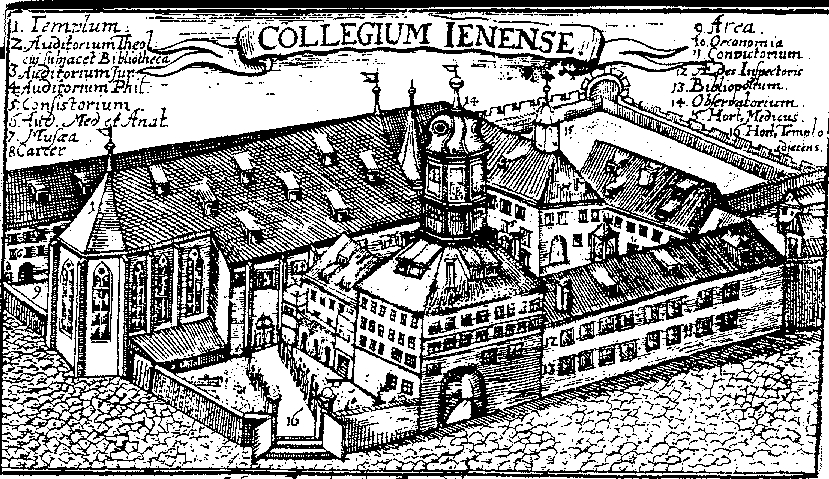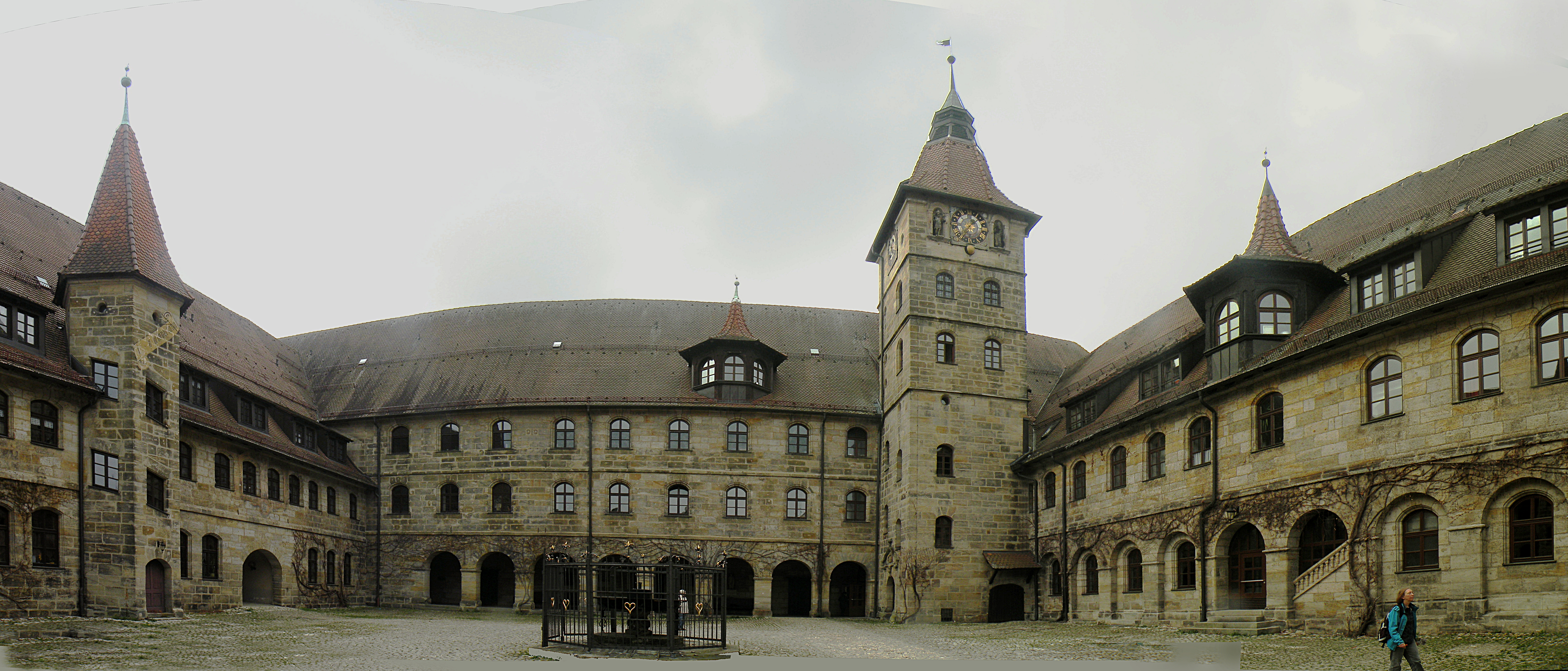|
Sámuel Mikoviny
Sámuel Mikoviny ( hu, Mikoviny Sámuel, sk, Samuel Mikovíni ? – 23 March 1750) was a mathematician, engineer, cartographer, and professor. He was a leading representative of science and technology in the 18th century Kingdom of Hungary and Habsburg monarchy. Family The family lived scattered throughout the territory of present-day Slovakia, some members have moved also other areas of the contemporary Kingdom of Hungary. His father, a poor lower nobleman Samuel Micovini, originated from the most numerous branch from Brezno (Breznóbánya). He worked in several Slovak villages, firstly as a teacher in Uhorské (Uhorszka) and Hradište (Hradistya), later he became an Evangelic priest in Turíčky (Turicska). In 1663, he moved to Ábelová (Ábelfalva). His mother was Helena Ničková (Nicsko, Niczko). The date and the place of birth of his son polymath Sámuel is unknown. Mikoviny was possibly born in Turíčky (Turicska) or Ábelová (Ábelfalva), in 1686 or 1700. In 17 ... [...More Info...] [...Related Items...] OR: [Wikipedia] [Google] [Baidu] |
Tata, Hungary
Tata (german: Totis; la, Dotis) is a town in Komárom-Esztergom County, northwestern Hungary, northwest of the county town Tatabánya. Location Tata is located in the valley between the Gerecse Mountains and Vértes Mountains, some from Budapest, the Hungarian capital city. By virtue of its location, it is a railway and road junction. Motorway M1 (E60, E75) from Vienna to Budapest passes through the outer city limits, and the railway line Budapest–Vienna goes through the city. Demographics According to the 2001 census, the town has 23,937 inhabitants: 93.3% Hungarians, 1.6% Germans, 0.6% Roma, 0.2% Slovaks and 6.5% other. History The area has been inhabited since prehistoric times; archaeological findings date back to 50,000 BCE. Later it was a Roman settlement. The first known mention of Tata is from 1221. Its name may come from the name of Lombard king Tato. Its castle was built by the Lackfi family and had its prime under Matthias Corvinus, who had it rebuilt in ... [...More Info...] [...Related Items...] OR: [Wikipedia] [Google] [Baidu] |
Svätý Jur
Svätý Jur (; german: Sankt Georgen; he, Yergen; hu, Szentgyörgy; formerly ''Jur pri Bratislave'') is a small historical town northeast of Bratislava, located in the Bratislava Region. The city is situated on the slopes of Little Carpathians mountains and surrounded by typical terraced vineyards with more than 700 years of winemaking tradition. In 1990, the intact city center was declared a protected city reservation. Cadastrially, Svätý Jur includes also the natural reserve Šúr, established in 1952 to protect one of the last and largest remnants of a tall-stem swamp alder forest in Central Europe. Today, Svätý Jur has a population of over 5 thousand citizens. The town is well connected with a major road between Pezinok and Bratislava passing through and the Svätý Jur railway station situated on the main Košice - Bratislava railway line. The city is bordered by the Little Carpathian mountains to the west, Bratislava to the south, natural reserve Šúr to the east and ... [...More Info...] [...Related Items...] OR: [Wikipedia] [Google] [Baidu] |
Matthias Bel
Matthias Bel or Matthias Bél (german: link=no, Matthias Bel; hu, Bél Mátyás; sk, Matej Bel; la, Matthias Belius; 22–24 March(?), 1684 – 29 August 1749) was a Lutheran pastor and polymath from the Kingdom of Hungary. Bel was active in the fields of pedagogy, philosophy, philology, history, and theoretical theology; he was the founder of Hungarian geographic science and a pioneer of descriptive ethnography and economy. A leading figure in pietism. He is also known as the Great Ornament of Hungary (''Magnum decus Hungariae''). Origin, life Matthias Bel was born in Ocsova, Kingdom of Hungary (now Očová, Slovakia) to Matthias (Matej) Bel Funtík or Bel-Funtík, a Slovak wealthy peasant and butcher. Little is known about his mother Elisabeth born Czesnek ( hu, Erzsébet Cseszneky, sk, Alžbeta Česneková) except she was very religious. He described himself as ''"lingua Slavus, natione Hungarus, eruditione Germanus"'' ("by language a Slav/Slovak, by nation a Hungaria ... [...More Info...] [...Related Items...] OR: [Wikipedia] [Google] [Baidu] |
Bratislava
Bratislava (, also ; ; german: Preßburg/Pressburg ; hu, Pozsony) is the Capital city, capital and largest city of Slovakia. Officially, the population of the city is about 475,000; however, it is estimated to be more than 660,000 — approximately 140% of the official figures. Bratislava is in southwestern Slovakia at the foot of the Little Carpathians, occupying both banks of the River Danube and the left bank of the Morava (river), River Morava. Bordering Austria and Hungary, it is the only national capital that borders two sovereign states. The city's history has been influenced by people of many nations and religions, including Austrians, Bulgarians, Croats, Czechs, Germans, Hungarian people, Hungarians, Jews, Romani people, Romani, Serbs and Slovaks. It was the coronation site and legislative center and capital of the Kingdom of Hungary from 1536 to 1783; eleven King of Hungary, Hungarian kings and eight queens were crowned in St Martin's Cathedral, Bratislava, St Martin' ... [...More Info...] [...Related Items...] OR: [Wikipedia] [Google] [Baidu] |
Pressburg
Bratislava (, also ; ; german: Preßburg/Pressburg ; hu, Pozsony) is the capital and largest city of Slovakia. Officially, the population of the city is about 475,000; however, it is estimated to be more than 660,000 — approximately 140% of the official figures. Bratislava is in southwestern Slovakia at the foot of the Little Carpathians, occupying both banks of the River Danube and the left bank of the River Morava. Bordering Austria and Hungary, it is the only national capital that borders two sovereign states. The city's history has been influenced by people of many nations and religions, including Austrians, Bulgarians, Croats, Czechs, Germans, Hungarians, Jews, Romani, Serbs and Slovaks. It was the coronation site and legislative center and capital of the Kingdom of Hungary from 1536 to 1783; eleven Hungarian kings and eight queens were crowned in St Martin's Cathedral. Most Hungarian parliament assemblies were held here from the 17th century until the Hungarian Refor ... [...More Info...] [...Related Items...] OR: [Wikipedia] [Google] [Baidu] |
Vienna
en, Viennese , iso_code = AT-9 , registration_plate = W , postal_code_type = Postal code , postal_code = , timezone = CET , utc_offset = +1 , timezone_DST = CEST , utc_offset_DST = +2 , blank_name = Vehicle registration , blank_info = W , blank1_name = GDP , blank1_info = € 96.5 billion (2020) , blank2_name = GDP per capita , blank2_info = € 50,400 (2020) , blank_name_sec1 = HDI (2019) , blank_info_sec1 = 0.947 · 1st of 9 , blank3_name = Seats in the Federal Council , blank3_info = , blank_name_sec2 = GeoTLD , blank_info_sec2 = .wien , website = , footnotes = , image_blank_emblem = Wien logo.svg , blank_emblem_size = Vienna ( ; german: Wien ; ba ... [...More Info...] [...Related Items...] OR: [Wikipedia] [Google] [Baidu] |
University Of Jena
The University of Jena, officially the Friedrich Schiller University Jena (german: Friedrich-Schiller-Universität Jena, abbreviated FSU, shortened form ''Uni Jena''), is a public research university located in Jena, Thuringia, Germany. The university was established in 1558 and is counted among the ten oldest universities in Germany. It is affiliated with six Nobel Prize winners, most recently in 2000 when Jena graduate Herbert Kroemer won the Nobel Prize for physics. In the 2023 Times Higher Education World University Rankings, the university was awarded 189th place in the world. It was renamed after the poet Friedrich Schiller who was teaching as professor of philosophy when Jena attracted some of the most influential minds at the turn of the 19th century. With Karl Leonhard Reinhold, Johann Gottlieb Fichte, G. W. F. Hegel, F. W. J. Schelling and Friedrich Schlegel on its teaching staff, the university was at the centre of the emergence of German idealism and early Romanti ... [...More Info...] [...Related Items...] OR: [Wikipedia] [Google] [Baidu] |
University Of Altdorf
The University of Altdorf () was a university in Altdorf bei Nürnberg, a small town outside the Free Imperial City of Nuremberg. It was founded in 1578 and received university privileges in 1622 and was closed in 1809 by Maximilian I Joseph of Bavaria. History In the period 1614–1617 Altdorf was briefly the centre of Socinianism in Germany. Encouraged by the connections of German Antitrinitarians to the Racovian Academy in Poland, German and Polish Socinians attempted to establish in Altdorf a similar Academy. Among the notable Socinian students was the 26-year-old Samuel Przypkowski. He was admitted as student on March 22, 1614, three weeks after Thomas Seget, but was expelled from Altdorf in 1616''The Polish Review'', Volume 11, 1966, p. 33. "Crypto-Socinianism" was widely suspected among the student body. In January 1617 the syndicus Jacob Weigel brought two students Joachim Peuschel and Johann Vogel back to Altdorf and the college made them give a public recantation. This re ... [...More Info...] [...Related Items...] OR: [Wikipedia] [Google] [Baidu] |
Nuremberg
Nuremberg ( ; german: link=no, Nürnberg ; in the local East Franconian dialect: ''Nämberch'' ) is the second-largest city of the German state of Bavaria after its capital Munich, and its 518,370 (2019) inhabitants make it the 14th-largest city in Germany. On the Pegnitz River (from its confluence with the Rednitz in Fürth onwards: Regnitz, a tributary of the River Main) and the Rhine–Main–Danube Canal, it lies in the Bavarian administrative region of Middle Franconia, and is the largest city and the unofficial capital of Franconia. Nuremberg forms with the neighbouring cities of Fürth, Erlangen and Schwabach a continuous conurbation with a total population of 800,376 (2019), which is the heart of the urban area region with around 1.4 million inhabitants, while the larger Nuremberg Metropolitan Region has approximately 3.6 million inhabitants. The city lies about north of Munich. It is the largest city in the East Franconian dialect area (colloquially: "F ... [...More Info...] [...Related Items...] OR: [Wikipedia] [Google] [Baidu] |
Slovak Language
Slovak () , is a West Slavic language of the Czech–Slovak group, written in Latin script. It is part of the Indo-European language family, and is one of the Slavic languages, which are part of the larger Balto-Slavic branch. Spoken by approximately 5 million people as a native language, primarily ethnic Slovaks, it serves as the official language of Slovakia and one of the 24 official languages of the European Union. Slovak is closely related to Czech, to the point of mutual intelligibility to a very high degree, as well as Polish. Like other Slavic languages, Slovak is a fusional language with a complex system of morphology and relatively flexible word order. Its vocabulary has been extensively influenced by Latin and German and other Slavic languages. The Czech–Slovak group developed within West Slavic in the high medieval period, and the standardization of Czech and Slovak within the Czech–Slovak dialect continuum emerged in the early modern period. In the later mi ... [...More Info...] [...Related Items...] OR: [Wikipedia] [Google] [Baidu] |
Ján Kollár
Ján Kollár ( hu, Kollár János; 29 July 1793 – 24 January 1852) was a Slovak writer (mainly poet), archaeologist, scientist, priest, politician, and main ideologist of Pan-Slavism. Life He studied at the Lutheran Lyceum in Pressburg (Pozsony, Kingdom of Hungary, now Bratislava, Slovakia). In 1817 he enrolled in the University of Jena. His attendance at the Wartburgfest (18 October 1817) has since been credited as being a formative experience with regards to his views on Pan-Slavism He spent most of his adult life as a chaplain to the populous but poor Slovak Lutheran community in Pest (Kingdom of Hungary, today part of Budapest, Hungary). From 1849, he was a professor of Slavic archeology at the University of Vienna, and several times he also acted as a counselor to the Austrian government for issues around the Slovaks. He entered the Slovak national movement in its first phase. His museum (since 1974) in Mošovce was installed in the former granary, which wa ... [...More Info...] [...Related Items...] OR: [Wikipedia] [Google] [Baidu] |
.jpg)






